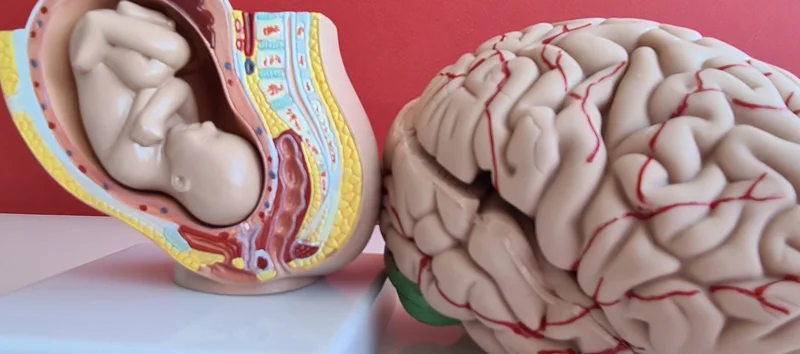
Whether you’re considering Sober October, Dry January or are ready to go booze-free without the help of a themed month, there are amazing benefits to breaking up with alcohol. Dr. Hannah Hildahl, UnityPoint Health, explains what alcohol does to your mind and body from top to bottom. Take our free, 5-minute substance abuse self-assessment below if you think you or someone drug addiction treatment you love might be struggling with substance abuse. The evaluation consists of 11 yes or no questions that are intended to be used as an informational tool to assess the severity and probability of a substance use disorder. The test is free, confidential, and no personal information is needed to receive the result. Excess alcohol use can also impair nutrient absorption in the small intestine and increase the risk of malnutrition.
Your Brain Shrinks
People who binge drink or drink heavily may notice more health effects sooner, but alcohol also poses some risks for people who drink in moderation. Alcohol poisoning, or alcohol overdose, occurs when you drink more than your body can handle. Your BAC increases to the point that it disrupts areas of the brain controlling essential functions like heart rate, breathing, and temperature control. For example, a usually shy and quiet person may become increasingly chatty, socially confident, and outgoing when drinking alcohol.
- Your body breaks alcohol down into a chemical called acetaldehyde, which damages your DNA.
- Dr. Hannah Hildahl, UnityPoint Health, explains what alcohol does to your mind and body from top to bottom.
- Alcohol addiction is a disease characterized by a strong craving for alcohol, and continued use despite a negative impact on health, interpersonal relationships, and ability to work.
- Chronic drinking can lead to low red blood cells (anemia), white blood cells (help fight infection) and platelets (help blood clot).
What Happens to Your Body When You Drink?

When alcohol throws this relationship off balance, it can worsen depression, anxiety, and mood swings. Dementia New Zealand says that Alcohol Related Brain Injury (ARBI) is damage that occurs to the brain as a result of regular consumption of higher-than-normal amounts of alcohol over many years. It causes damage which can affect memory, thinking, personality, learning, mood and social skills.
Confronting alcohol use disorder and misconceptions as a woman
For many of us, alcohol is embedded in our social and cultural activities. We go to happy hour after work, we give toasts at weddings, and we drink to celebrate and mark occasions. Oftentimes, we aren’t thinking about how much or how often we consume alcohol or its effects on the body.

Finding Treatment for Alcohol Addiction

Your bones get thinner and more fragile, a condition called osteoporosis. Alcohol also limits blood flow to your muscles and gets in the way of the proteins that build them up. Your brain helps your body stay well-hydrated by producing a hormone that keeps your effects of alcohol on the body long term kidneys from making too much urine. But when alcohol swings into action, it tells your brain to hold off on making that hormone. That means you have to go more often, which can leave you dehydrated. When you drink heavily for years, that extra workload and the toxic effects of alcohol can wear your kidneys down.
On the other hand, long-term heavy drinking boosts your blood pressure. It makes your body release stress hormones that narrow blood vessels, so your heart has to pump harder to push blood through. The brain is highly vulnerable to the damaging effects of alcohol, which disrupts communication between brain cells.
Recovery Programs
Once in the bloodstream, alcohol affects every organ in the body, including your brain. Excessive alcohol use can harm people who drink and those around them. You and your community can take steps to improve everyone’s health and quality of life. Alcohol use increases the risk of chronic gastritis (stomach inflammation);15146 it is one cause of cirrhosis, hepatitis, and pancreatitis in both its chronic and acute forms. Alcohol can have a serious effect on the developing brain, from fetal development to the end of adolescence. If a woman consumes alcohol during pregnancy, the child may be born with fetal alcohol syndrome (FAS).
Social Media

There is an enormous overall economic cost that is paid for alcohol abuse all over the world. A phrase that may help guide your decisions for many aspects of life, including alcohol consumption, is to ‘do all things in moderation,’” she adds. Serious symptoms of withdrawal that require assistance from medical professionals occur in heavy drinkers.
In liver cirrhosis patients, there occurs an increased severity of fibrosis due to the loss of parenchyma and fibrous scar proliferation 17. Alcohol intake has a prominently bigger impact on the mortality of liver cirrhosis when compared with the morbidity 19. A systemic review and meta-analysis suggests that women might be at a higher risk as far as developing liver cirrhosis is concerned even with little consumption of alcohol, as compared to men 20.







